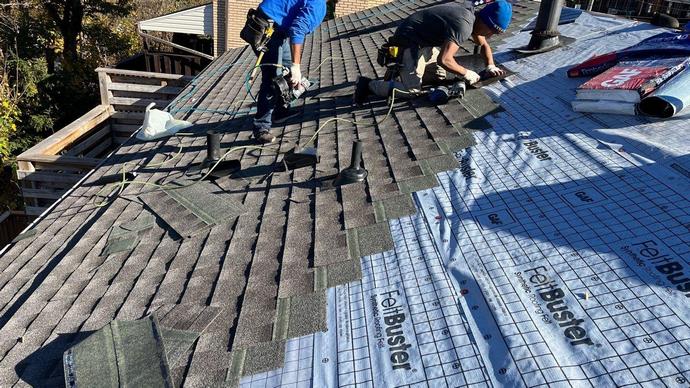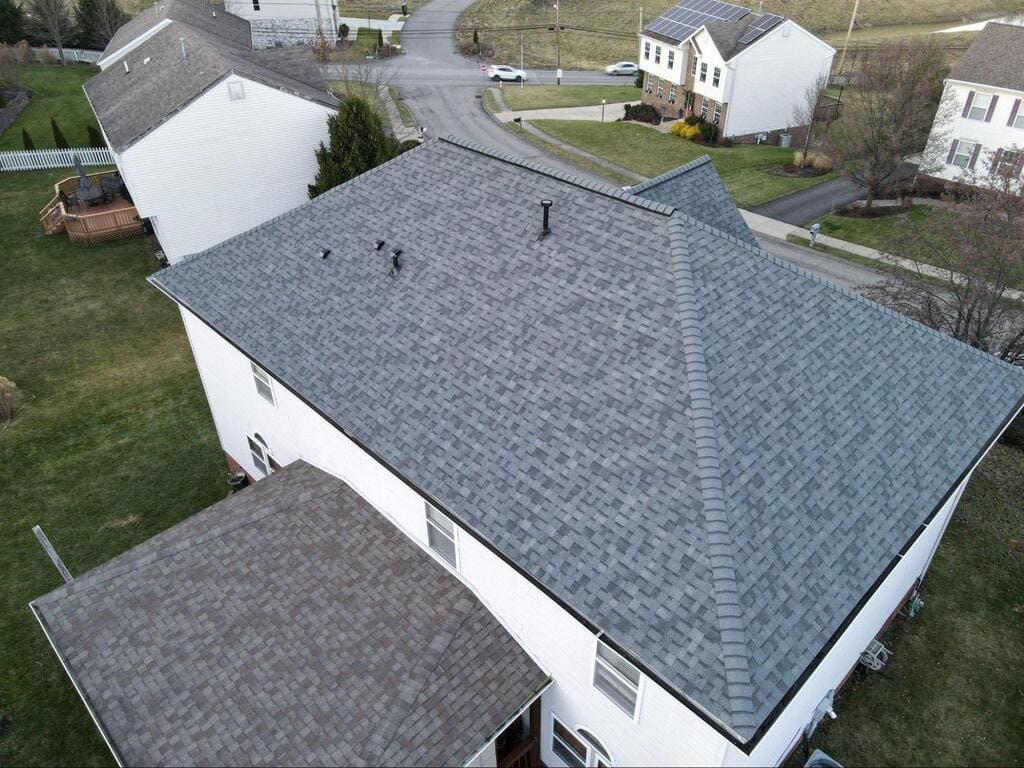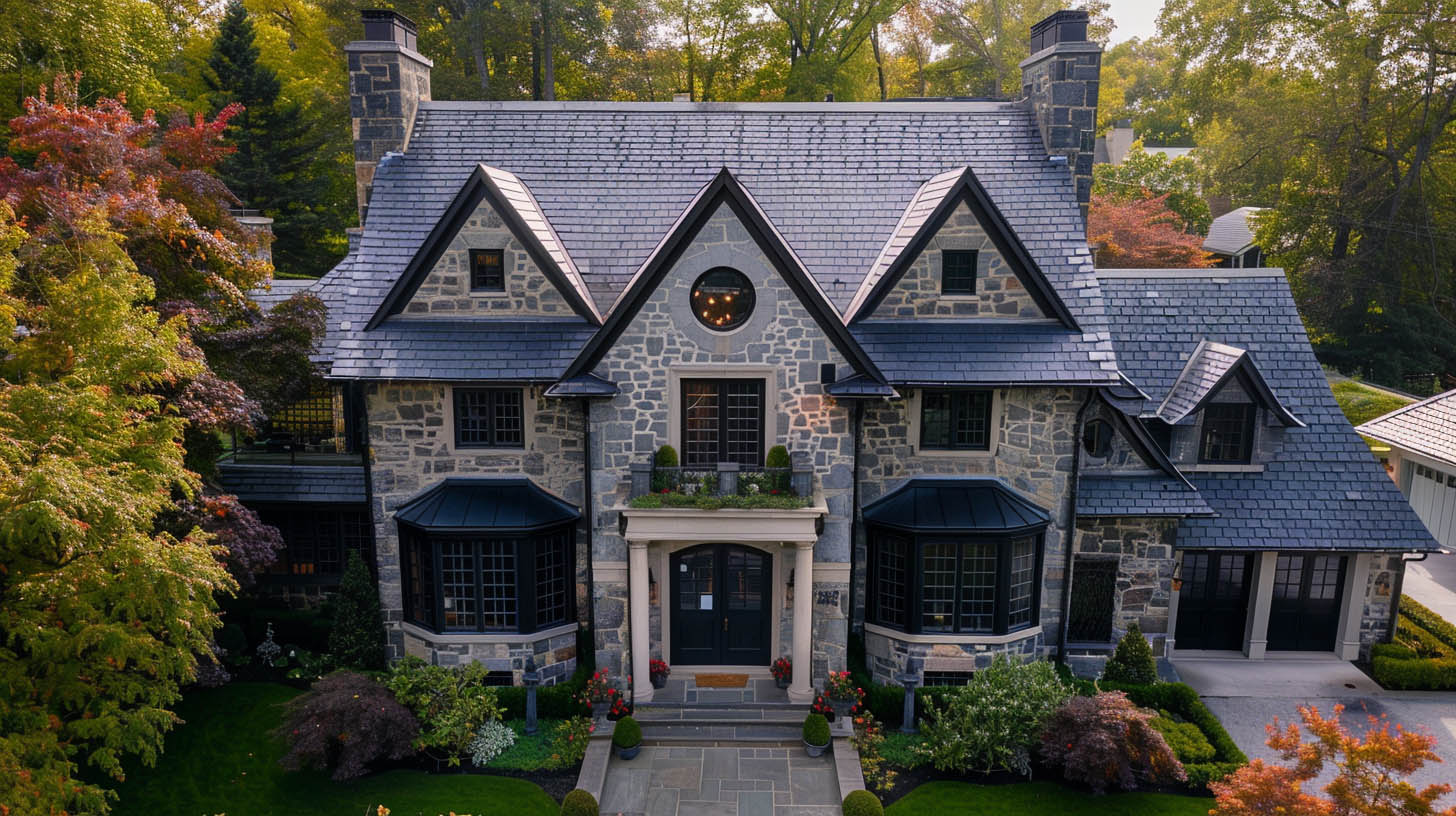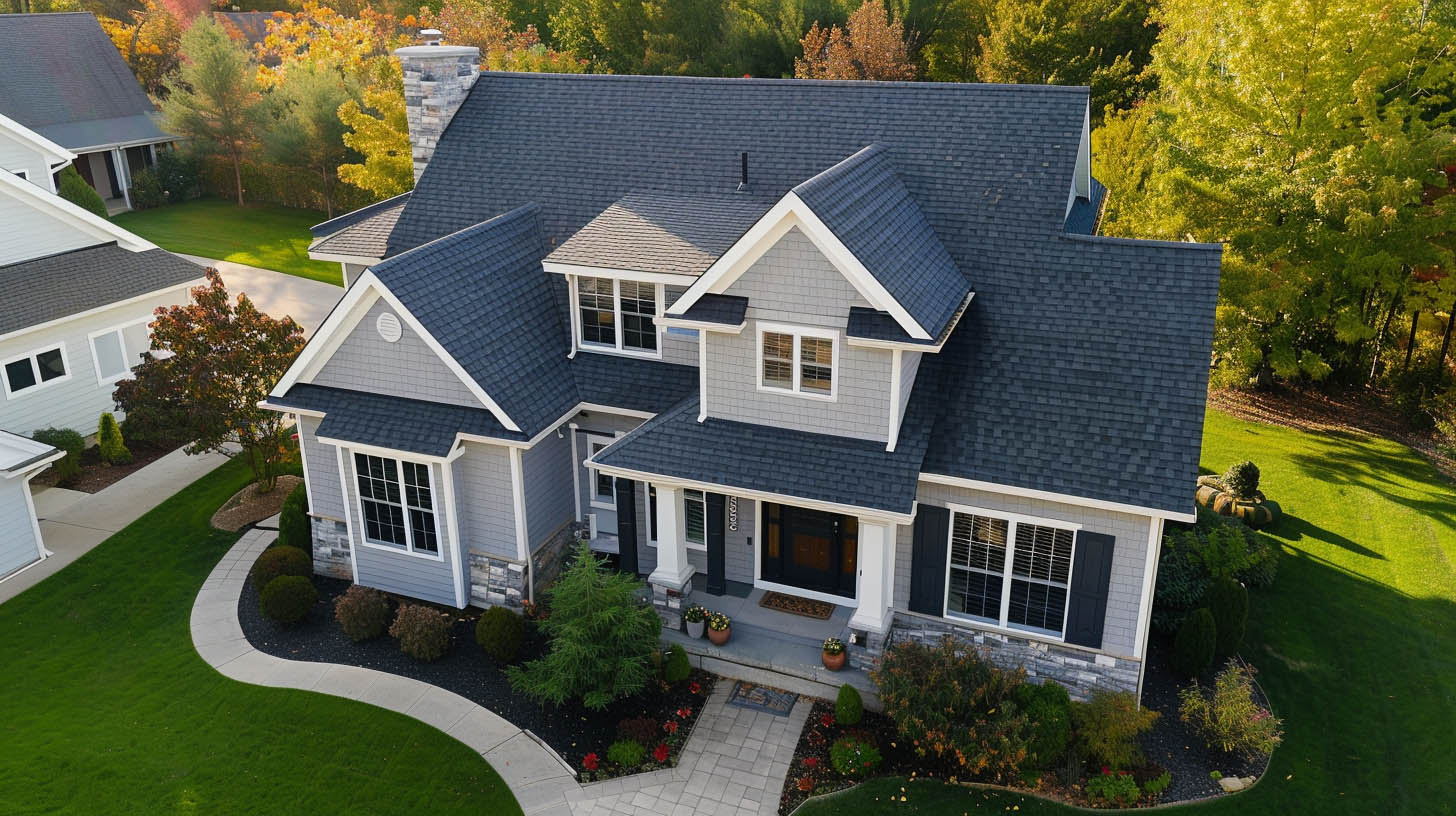
Understanding Energy-Efficient Roofing

Key Components & Techniques: Exploring Energy Efficient Roofing
Energy-efficient roofing can involve several components and techniques, including: Insulation: Effective insulation materials and installation techniques help prevent heat transfer between the interior and exterior of the building. They minimize heat loss during colder months and reduce heat gain during warmer months. Reflective Roof Coatings: These coatings, often light in color, are applied to the roof surface to reflect sunlight rather than absorbing it. By reflecting solar radiation, they help reduce heat buildup within the building, resulting in lower cooling costs. Energy Efficient Shingles: Energy-efficient shingles, also known as cool roofing shingles, are specially designed roofing materials that help reduce heat absorption from the sun and enhance the energy efficiency of a building. These shingles are engineered to reflect a larger portion of the solar radiation rather than absorbing it, resulting in a cooler roof surface and less heat transferred to the interior of the structure. Learn more about energy efficient shingles. Green Roofs: Green roofs involve the installation of vegetation and a growing medium on the roof surface. They provide natural insulation, absorb rainwater, and reduce heat island effects in urban areas. Green roofs can help regulate indoor temperatures and improve overall energy efficiency. Solar Panels: Incorporating solar panels into the roofing system allows for the generation of renewable energy on-site. Solar panels capture sunlight and convert it into electricity, offsetting the need for conventional energy sources and reducing reliance on the power grid.Benefits of Going Green



